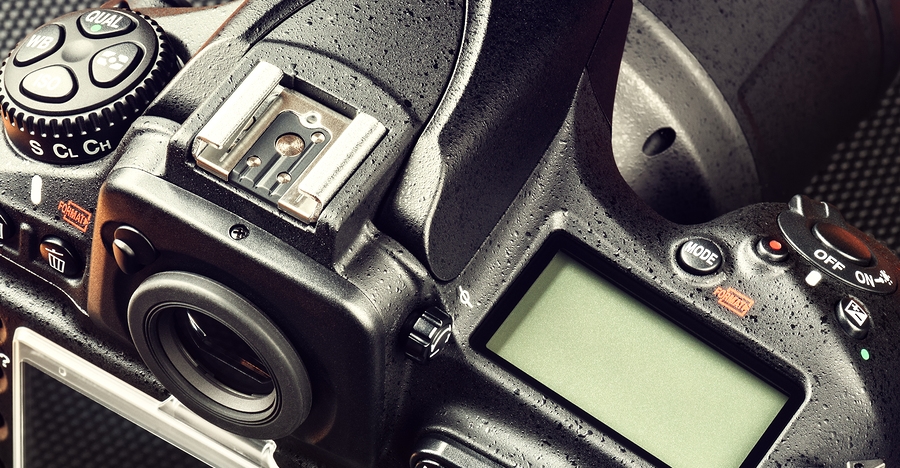In this article over at PhotographyTalk you’ll learn about the most important settings beginner photographers should start using as soon as possible.
All of these will have a great impact on your images, and you’ll soon notice that you’re able to have much more control over how your images will look like.
ISO
Learn how to select the correct ISO value depending on the lighting conditions. Lower values are great when there is plenty of light to work with. Higher ISO values are needed for working in low light. Just keep the noise levels in mind.
Selecting focusing points manually
Your camera has the option of selecting the autofocus points for you, but it can’t always anticipate correctly. That’s why learning to change the AF points manually is a useful skill. It will improve focusing accuracy and reduce chances of missing important shots.
Setting the exposure using the histogram
The camera’s LCD screen might be a good way to tell if what you’re doing is right, but it’s not entirely reliable in conditions like harsh sunlight. The best way to tell if your exposure is correct is by consulting the histogram. Learn how to read it and make the necessary adjustments and until it indicates a proper exposure.
(Learn more about histogram here.)
Aperture priority
In aperture priority mode, your camera will vary the exposure settings depending on the aperture value you set. Having complete control over aperture means control over depth of field. This is a great setting for shooting portraits with a blurred background.
Shutter priority
The shutter priority mode works just like aperture priority, in the sense that it gives you complete control over shutter speed while making all the other settings automatically, according to the selected value. This is a great setting for situations where you don’t want the shutter speed to go over or under a specific value. Fast moving subjects can be shot in this mode, but it’s also very useful for low light situations where you don’t want the shutter speed to be slower than what you can use to shoot hand held.
Manual White Balance
All digital cameras have a few white balance presets.While they can do a fairly decent job, we recommend learning to set white balance manually, according to each lighting situation.
Exposure compensation
It is a +/- scale that will tell your camera to increase or decrease exposure, depending on your needs. It works for all semi-automatic modes (P, Av, TV) and will influence exposure in increments. Be careful not to set it too high or low from the first attempt and instead try to get to a correct exposure gradually.
(Learn more about exposure compensation here.)
Read the full article with even more tips over at PhotographyTalk.
Source: PhotographyTalk

